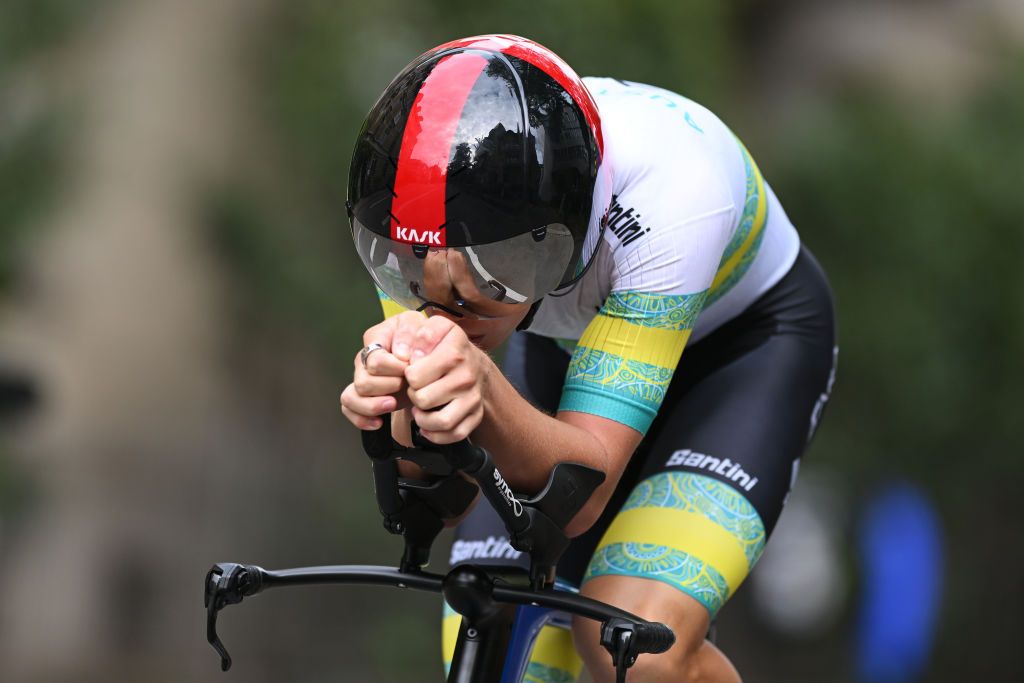Travel
An inside guide to Jacksonville, Florida

Sitting on Florida’s Atlantic coast, Jacksonville is a sprawling metropolis, home to celebrated historic districts and 22 miles of white-sand beaches. But despite its size, the city has a distinctly small-town feel. Take the Jacksonville Jumbo Shrimp: it’s not just a tasty dish, but the name of the city’s Minor League Baseball team. Watching a game here will teach you more about Jacksonville’s sport-loving locals than any guidebook. On a larger scale, cheering the much-adored Jacksonville Jaguars NFL team at EverBank Stadium will have you surrounded by nearly 70,000 fellow sports fans. Beyond the stadiums, there are plenty of opportunities for travellers to get active, from surfing and paddleboarding to cycling along the coast. Florida’s largest city has long been overlooked, but here’s how to make the most of all it has to offer.
Where to go
The St Johns River winds through Jacksonville before it reaches the Atlantic. On the west bank, the city’s rich history is displayed in the Riverside Avondale neighbourhood. Explore its distinct mix of architecture, from Mediterranean revival and prairie-style to mid-century modern. Within the neighbourhood, be sure to check out Five Points — an area known for its eclectic homes and independent shops and restaurants — and the King Street District, an industrial part of the city that has been transformed with colourful murals.
Wander north along the river towards Memorial Park, a striking outdoor space created to honour men and women from Florida who died serving in the First World War. Take time to stop at the thought-provoking Spiritualized Life statue, created by Charles Adrian Pillars to “present the idea of life, its struggle and its victory”.
Experience a monument of a different kind in the Southbank area. Treaty Oak, in Jessie Ball duPont Park, is an oak tree thought to be 250 years old. Still standing strong today, its impressive resilience is apt for a city that has always had an eye on the future.
Since its establishment in 1958, The Cummer Museum has grown to include nearly 5,000 works of fine art. Photograph by Jensen Hande

Local and international artists have used walls across Jacksonville as their canvases, creating colourful murals. Photograph by Ken McCray
That forward-thinking nature is also on display at The Cummer Museum of Art & Gardens, featuring northeast Florida’s largest collection of fine arts. The museum was founded in 1958 after the death of civic leader Ninah Cummer, who bequeathed her gardens and art collection to improve the quality of life for future generations. The stunning estate on the bank of the St Johns River includes 2.5 acres of historic gardens, has a permanent gallery and features temporary exhibits from around the world. For example, the museum is currently hosting “Mysteries that Remain”, an exhibition featuring paintings from Mick Namarari Tjapaltjarri, who was one of Australia’s most acclaimed Indigenous artists.
What to do
From treasured art to local crafts, the Riverside Arts Market is a must-visit on Saturdays, where you can find local artists, grocers and food vendors beneath the Fuller Warren Bridge. Skip breakfast and save room for a pastry from 1748 Bakehouse, but be prepared to queue.
Alternatively, see the city in a different light on a tuk-tuk tour. Experience the sights, sounds and scents of the city as the fun Go Tuk’n tour covers Downtown Jacksonville and its surrounding neighbourhoods. The tour also makes a few stops around EverBank Stadium — although a view from the outside can never compare to the roar of the crowds inside when the Jaguars are on the field. Grab a ticket for the full NFL experience.
With so much to do in the city, it’s easy to overlook the area’s miles of beautiful beaches, but there’s nothing better than getting up for a sunrise stroll and feeling the warm sand beneath your feet as the sky glows orange and red. From bike rentals along the coast to paddleboard yoga, the city’s beach communities are buzzing with activities throughout the summer days. Jacksonville Beach is home to a quarter-mile long fishing pier, where visitors can watch fishermen reel in their catch and take in incredible ocean views. Neptune Beach, sitting north of Jacksonville Beach, is home to an impressive array of independent shops and restaurants, while Atlantic Beach — located furthest north from the centre of Jacksonville — is home to the Kathryn Abbey Hanna Park, a 450-acre beachfront area with plenty of fishing, kayaking, canoeing and hiking opportunities.

Jacksonville Beach is a family-friendly stretch of coastline located 17 miles from the city’s downtown. Photograph by Visit Jacksonville
Where to eat
Jacksonville’s distinctive culinary scene includes restaurants, cafes, bars and breweries to match every taste and flavour. Strings Sports Brewery — in Springfield, a hip neighbourhood just north of Downtown — serves craft beer in a fun setting, with dart boards and even a basketball hoop. The brewery is part of the Jax Ale Trail, which includes 26 locally owned and operated craft outlets.
For a more sophisticated tipple, make a reservation at the Mayport Garden Club. This buzzing speakeasy, hidden behind a row of shops and accessible only through a secret gate, is known for its tropical cocktails, including Mai Tais and daiquiris.
While exploring the Riverside Avondale neighbourhood, don’t miss brunch at local institution Biscottis. The Jumbo Lump Crab Benedict, washed down with a fruity sangria, certainly hits the spot. No wonder locals have raved about this place since the 1990s.

Located the farthest north of Jacksonville’s beach communities, Atlantic Beach is home to fine dining and exciting nightlife. Photograph by Ryan Ketterman

Paddleboarding is a refreshing way to explore Jacksonville’s Atlantic coast, as well as the nearby creeks, lakes and rivers. Photograph by Ryan Ketterman
Seafood reigns supreme in Jacksonville — especially the locally caught shrimp named after the fishing village of Mayport. Sit down for lunch at one of Jacksonville’s Fish Camps, where the Atlantic Ocean and St Johns River meet. These no-frills local joints prioritise fresh over fancy. Try Safe Harbor Seafood, which is located right on the water. Order at the till, grab a seat in the shade and work out which is better: the food — including platters of fresh shrimp, haddock, scallops and fried oysters, served with fries and hush puppies (deep-fried balls of batter) — or the view. Shrimp lovers can also discover the city’s signature dish on the Mayport Shrimp Trail. This self-guided tour, accessible via the Visit Jax app, incudes more than 15 restaurants across Jacksonville, each with their own take on the local delicacy.
Where to stay
Jacksonville was known as the ‘winter film capital of the world’ in the early 20th century, when cold conditions in New York — then the centre of movie-making — caused cameras to freeze. Jacksonville’s first film studio opened in 1908, and 30 more followed throughout the next decade. The place to be during the city’s time in the limelight was Casa Marina, a luxurious chateau on Jacksonville Beach that opened in 1925, and hosted King Edward VIII and Wallis Simpson, as well as Al Capone and Jean Harlow. Today, it’s a beachfront hotel with an ocean view as captivating as its history.
For something more central, the Hyatt Regency Jacksonville Riverfront in the Downtown area is just a touch pass from the Jaguars’ EverBank Stadium. Here, travellers can enjoy panoramic river views and a rooftop pool. Or for a more personal feel, the Riverdale Inn is a boutique, family-owned B&B in the beautiful Riverside Avondale neighbourhood. The mansion was built in 1901 and now has 11 charming guest rooms.
Several airlines fly direct from the UK to Orlando International Airport, a two-and-a-half-hour drive from Jacksonville. Alternatively, fly to a major US hub like Washington Dulles or Newark Liberty International Airport and catch a connecting flight to Jacksonville International Airport, a 20 minutes’ drive from the city. You can move around Jacksonville by bus and ferry. The beach communities and Downtown are also easily driveable, with ample parking. To plan a trip to the city, see visitjacksonville.com
To subscribe to National Geographic Traveller (UK) magazine click here. (Available in select countries only).


/cdn.vox-cdn.com/uploads/chorus_asset/file/24435784/tokyostrava.jpg)






